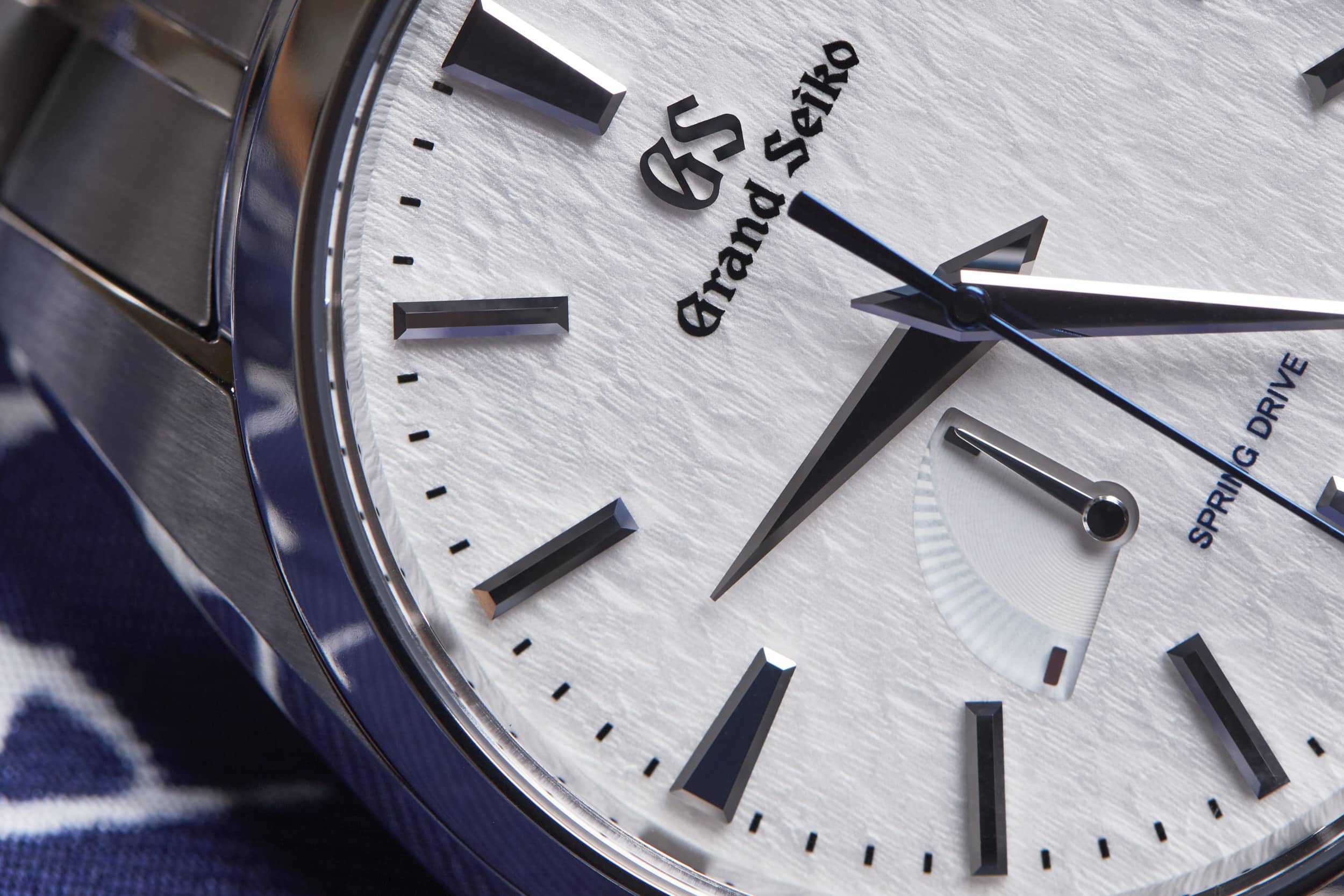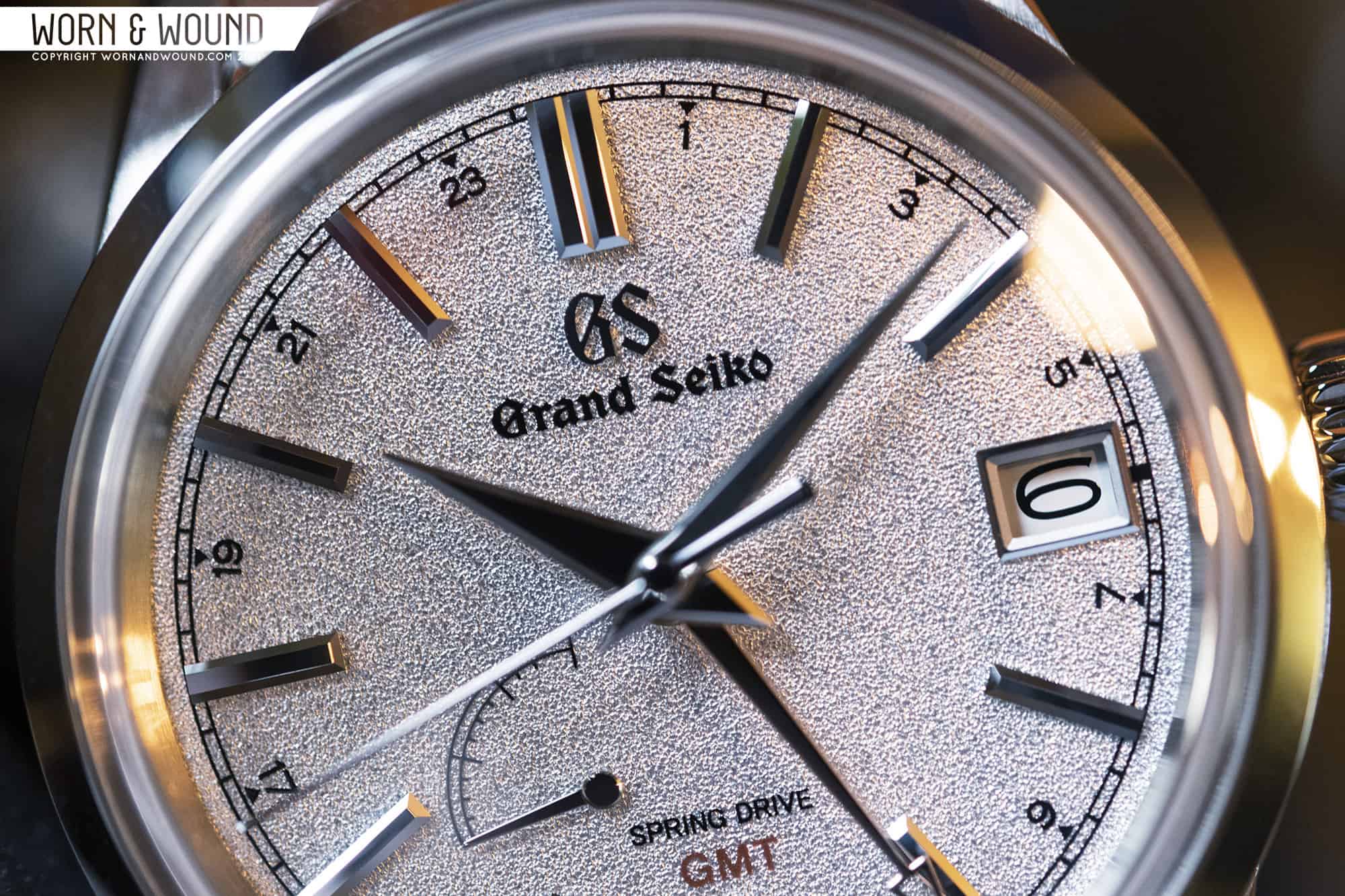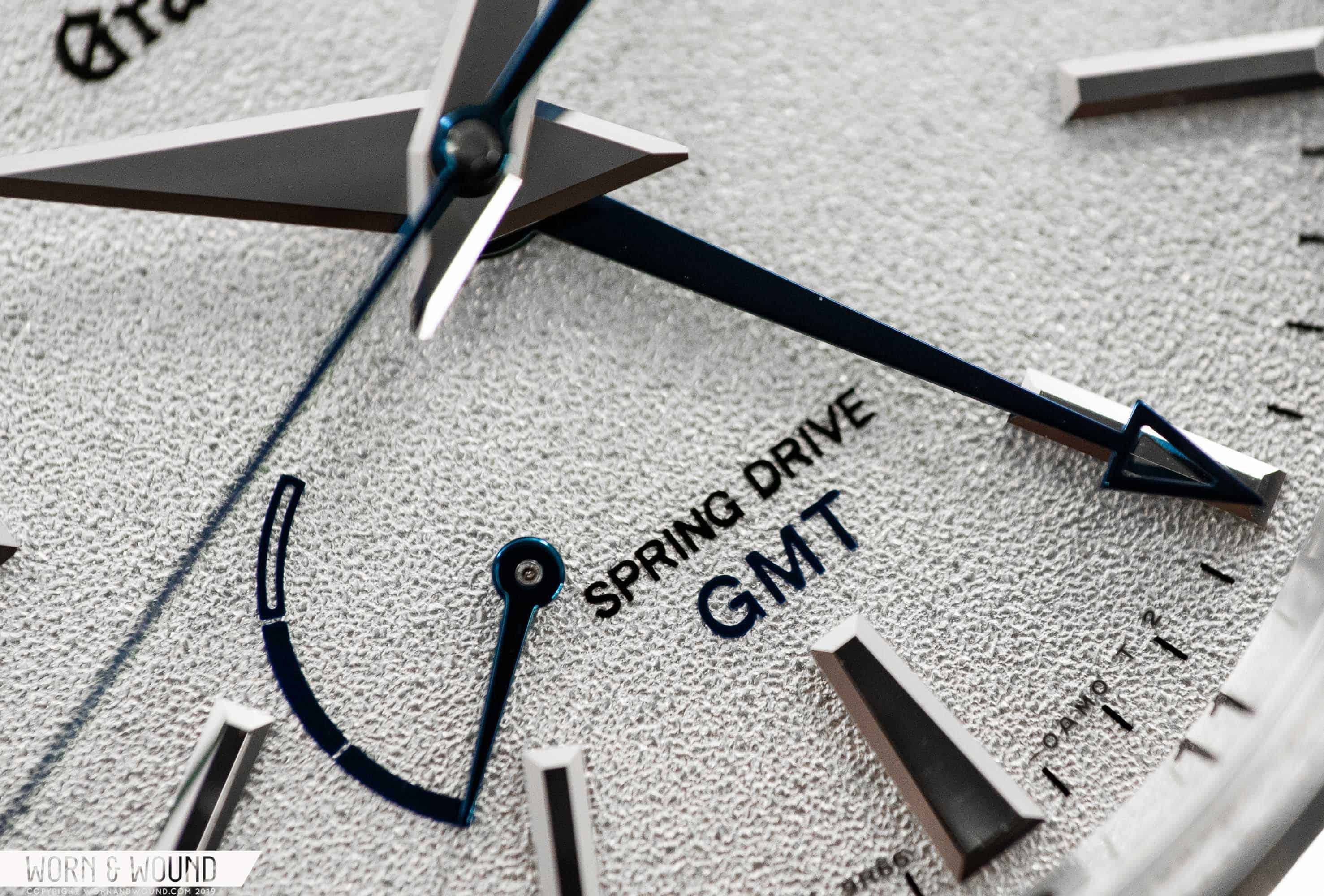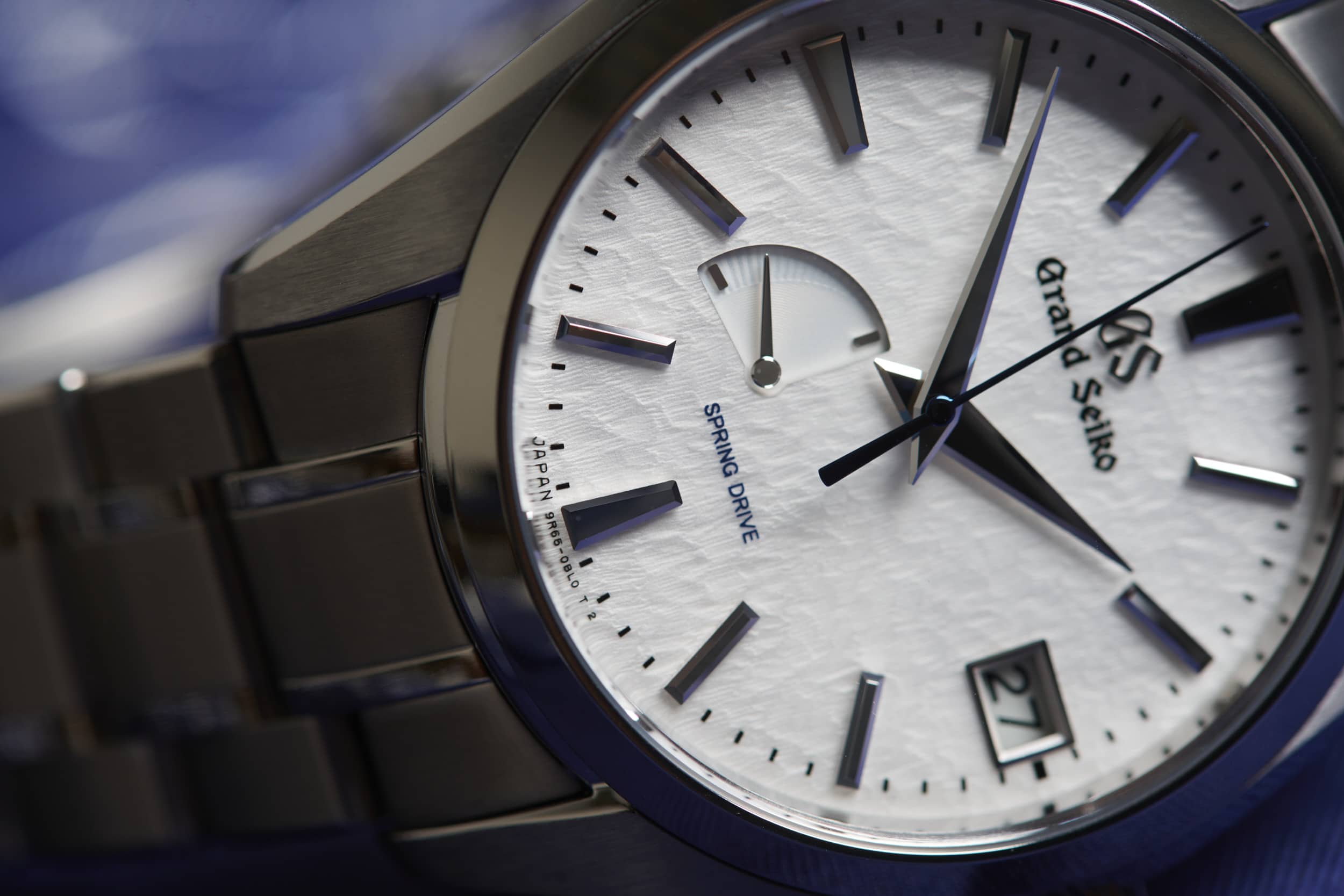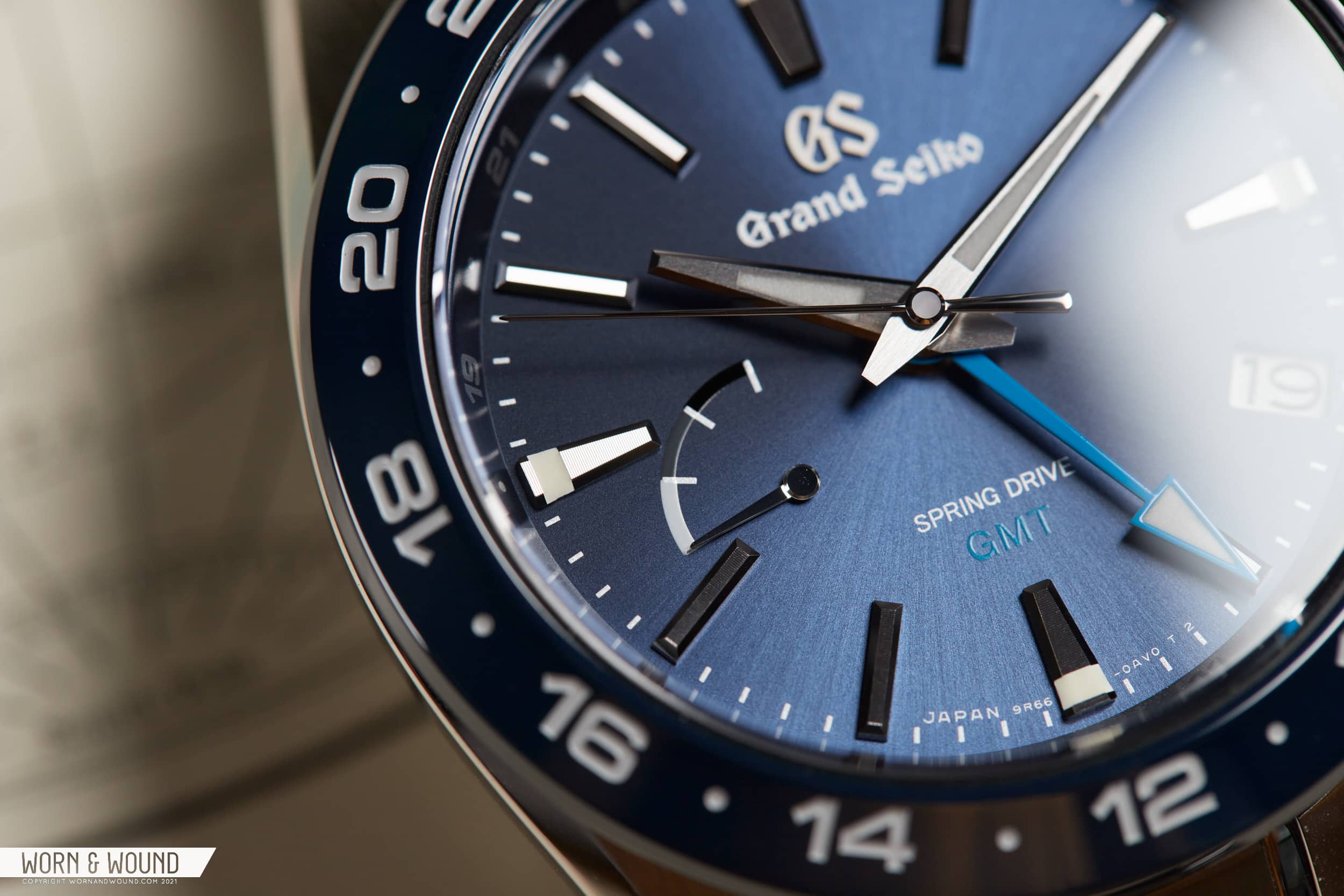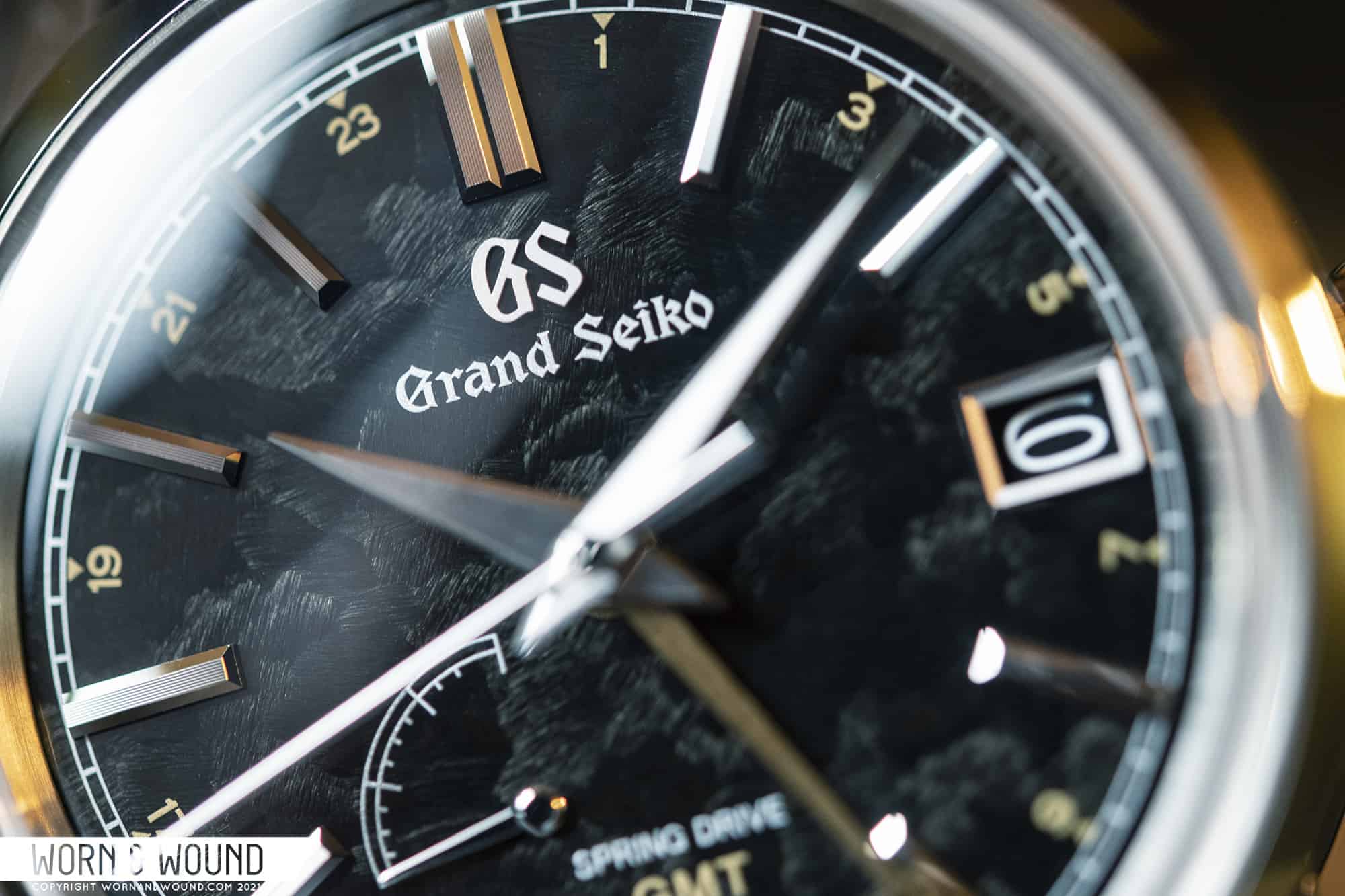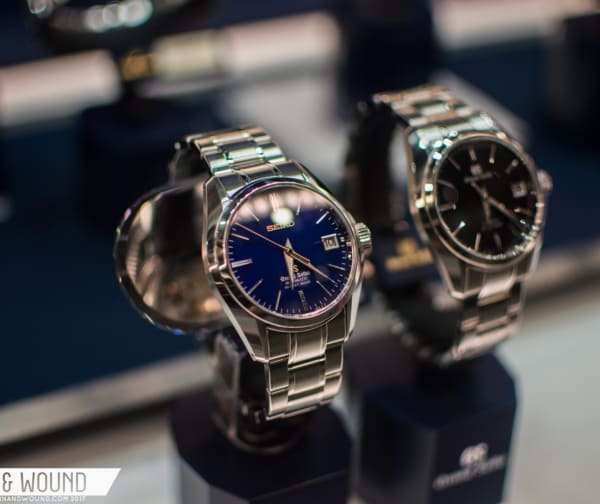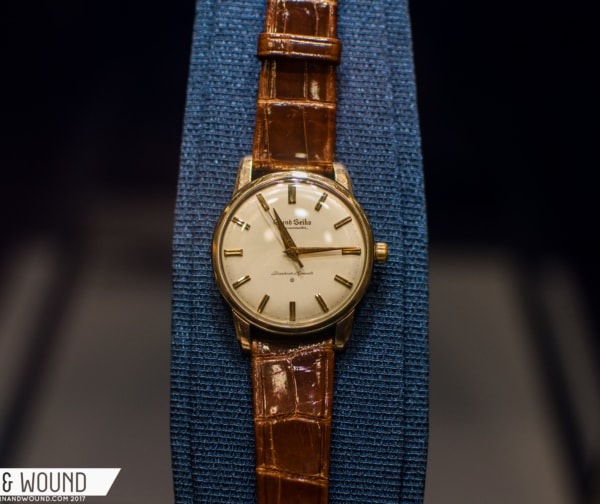Earlier this month, Grand Seiko released their first new watches of the year. One of them, the SBGA471, is powered by a Spring Drive movement and features a small power reserve indicator between the 7:00 and 8:00 markers that has come to be part of the foundational design language of these things. Watch enthusiasts have always had hot takes on this power reserve execution (and, really, any power reserve execution) but I noticed in the days following the release of the SBGA471 that the claws have really come out. The prevailing thought, it seems, is that now that Grand Seiko has demonstrated an ability to release a Spring Drive equipped watch with the power reserve moved to the back, all such watches should have this upgrade.
Well, I’m here to mount a humble, four-pronged defense of the classic (yes, classic!) Spring Drive power reserve indicator. While the new movements with these gauges flipped to the back might be a sign that the dial-side PR’s days are numbered, I’d like to submit that this additional bit of information actually adds to the aesthetic pleasure of these watches, while also acting as a working signature for a truly special technology exclusive to the Grand Seiko family. To remove the power reserve from the dial is to slice away something that has always made these watches charming and unique.









 Featured Videos
Featured Videos




